Weight lifting is one of the most effective ways to build strength, improve body composition, and boost confidence. But with all the gains, many people also ask: Is pain from lifting weights normal? Or more specifically, do your muscles tear when you lift weights? The short answer is—yes, to an extent. But understanding the difference between productive muscle stress and harmful strain is critical for both safety and results.
Why Weight Lifting Hurts—Sometimes
When you challenge your muscles with resistance training, tiny microtears occur in the muscle fibers. This process is normal and even necessary for muscle growth. The body repairs these microtears, resulting in stronger, denser muscle tissue over time.
This phenomenon often leads to Delayed Onset Muscle Soreness (DOMS), which usually peaks 24–72 hours after a tough workout. DOMS is a sign of adaptation and doesn’t usually indicate injury. The soreness tends to feel dull, tight, or achy and is localized in the muscles you trained.
But when that pain becomes sharp, persistent, or restricts movement, it may be something more serious—like a muscle strain or improper form injury.
Muscle Strain vs. Microtear: Know the Difference
A muscle strain from lifting weights goes beyond the expected microtrauma. It typically involves a partial or complete tear of muscle fibers or connective tissue and can happen from:
-
Lifting too heavy too soon
-
Not warming up properly
-
Using poor form (especially under fatigue)
-
Repeating the same motion without adequate recovery
Signs of a muscle strain include:
-
Sudden sharp or stabbing pain
-
Swelling or bruising in the area
-
Muscle weakness
-
Pain during movement (especially without load)
If you're experiencing these, it’s not just “gym pain”—it’s a red flag to rest, possibly seek medical advice, and reassess your training strategy.
Personal Note: When Pain Taught Me a Hard Lesson
Years ago, I strained my lower back during a set of heavy Romanian deadlifts. The mistake? I rushed into my working sets without a proper warm-up, ignoring some earlier tightness. What followed was weeks of discomfort, disrupted sleep, and zero progress.
That experience taught me that pain from lifting weights isn’t always a badge of honor—sometimes it’s a warning. I began incorporating dynamic warm-ups, stricter attention to form, and—just as important—listening to my body. Since then, I haven’t just trained harder—I’ve trained smarter.
How to Reduce Pain and Prevent Strain in Weight Lifting
If you're lifting weights and feeling off, ask yourself the following:
-
Am I warming up properly? Light cardio, dynamic stretching, and progressive loading are crucial.
-
Am I using proper technique? Quality reps beat quantity. Hire a coach if needed or film yourself to spot breakdowns.
-
Am I training with the right frequency? Muscles grow when they recover. Overtraining causes more harm than progress.
-
Am I varying my program? Repeating the same movements with the same loads increases risk of overuse injuries.
When to Push Through and When to Pull Back
There’s a fine line between challenging your body and overstressing it. If you feel mild soreness, especially after a new or intense session, that’s expected. But if you’re experiencing joint pain, persistent muscle tightness, or sharp sensations during lifts—pause and reassess.
Long-term progress comes from consistent, sustainable effort—not from grinding through pain.
Final Thoughts
Lifting weights can cause muscle discomfort, and that’s often a natural part of getting stronger. But not all pain is created equal. Understanding the difference between beneficial muscle fatigue and damaging strain is essential for anyone serious about their training journey.


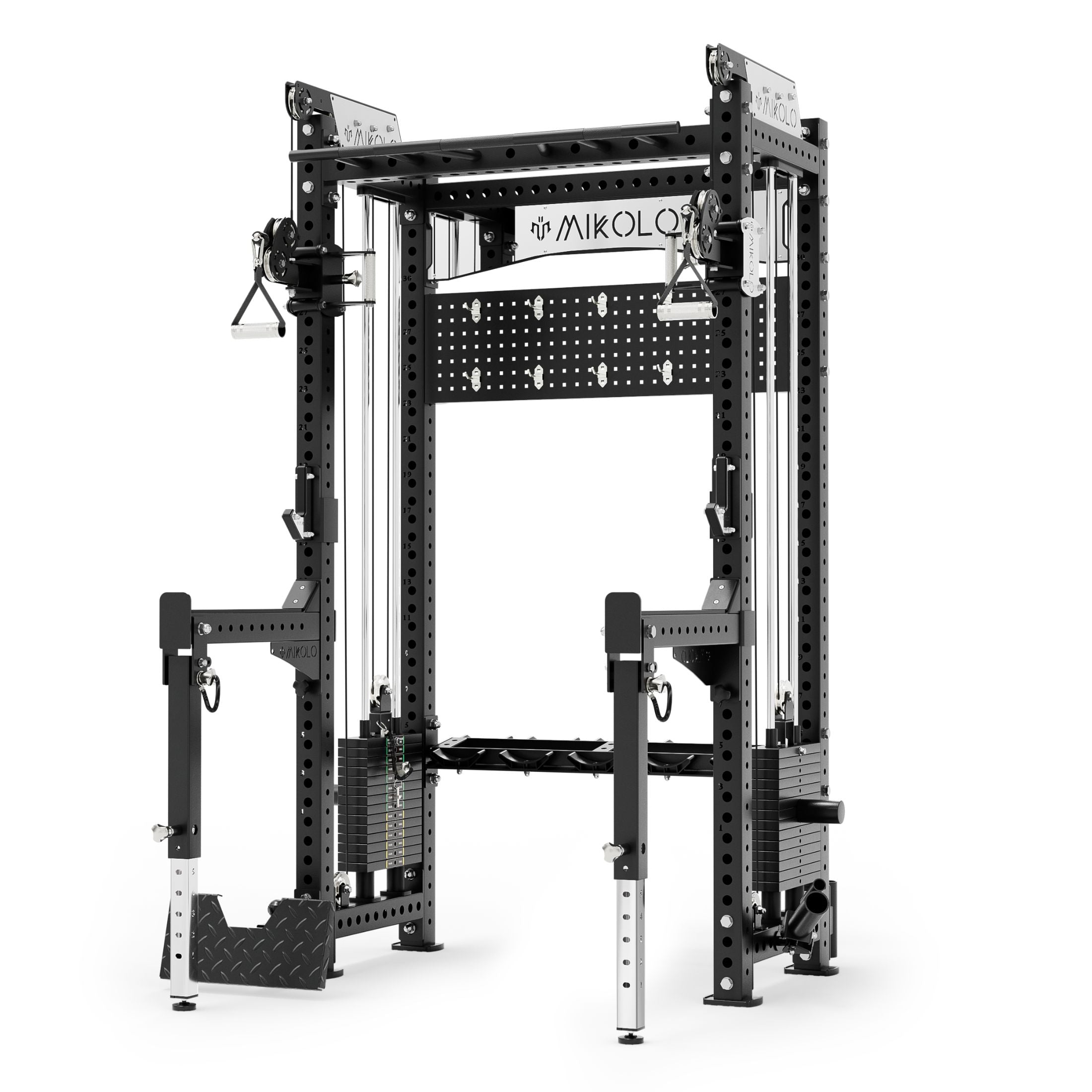
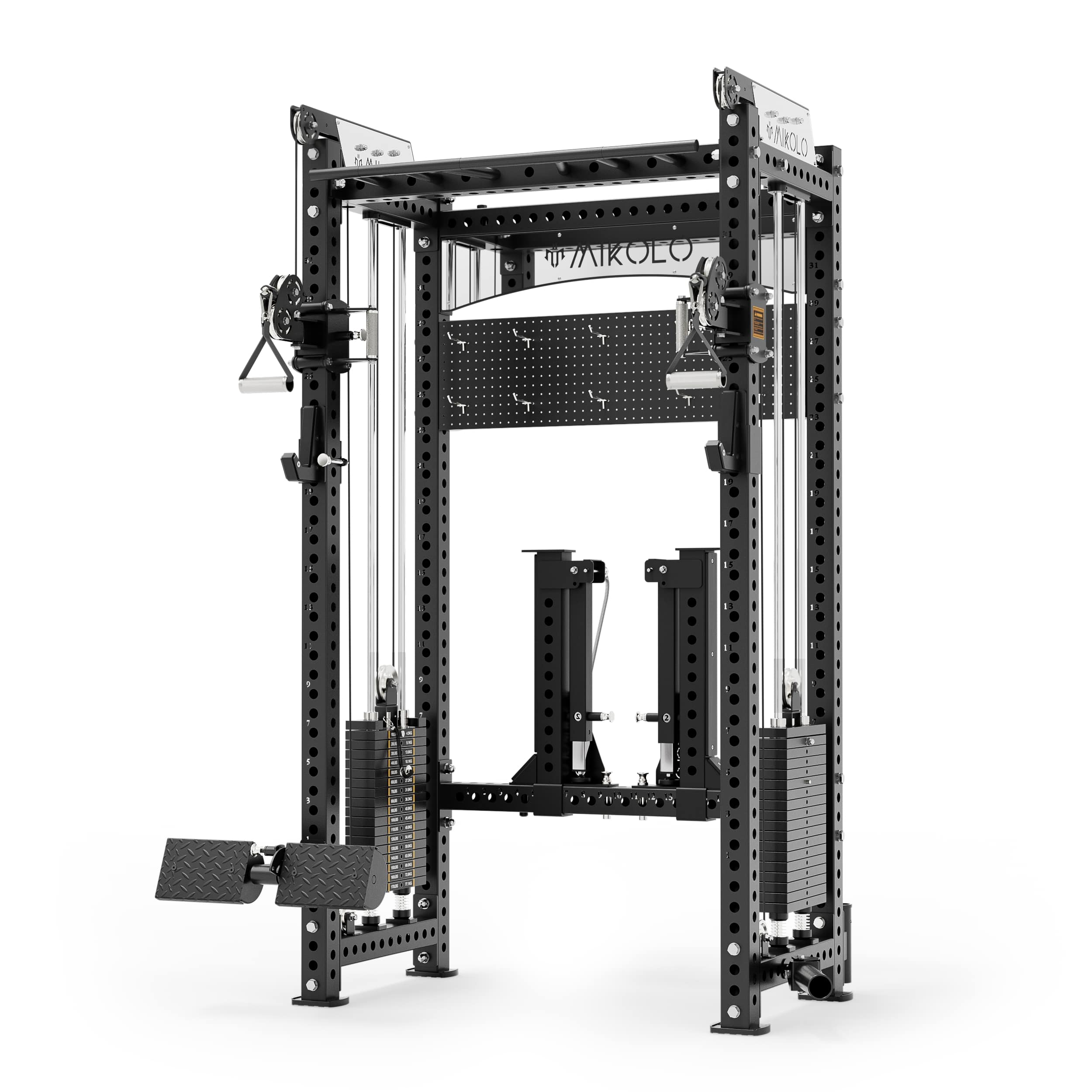
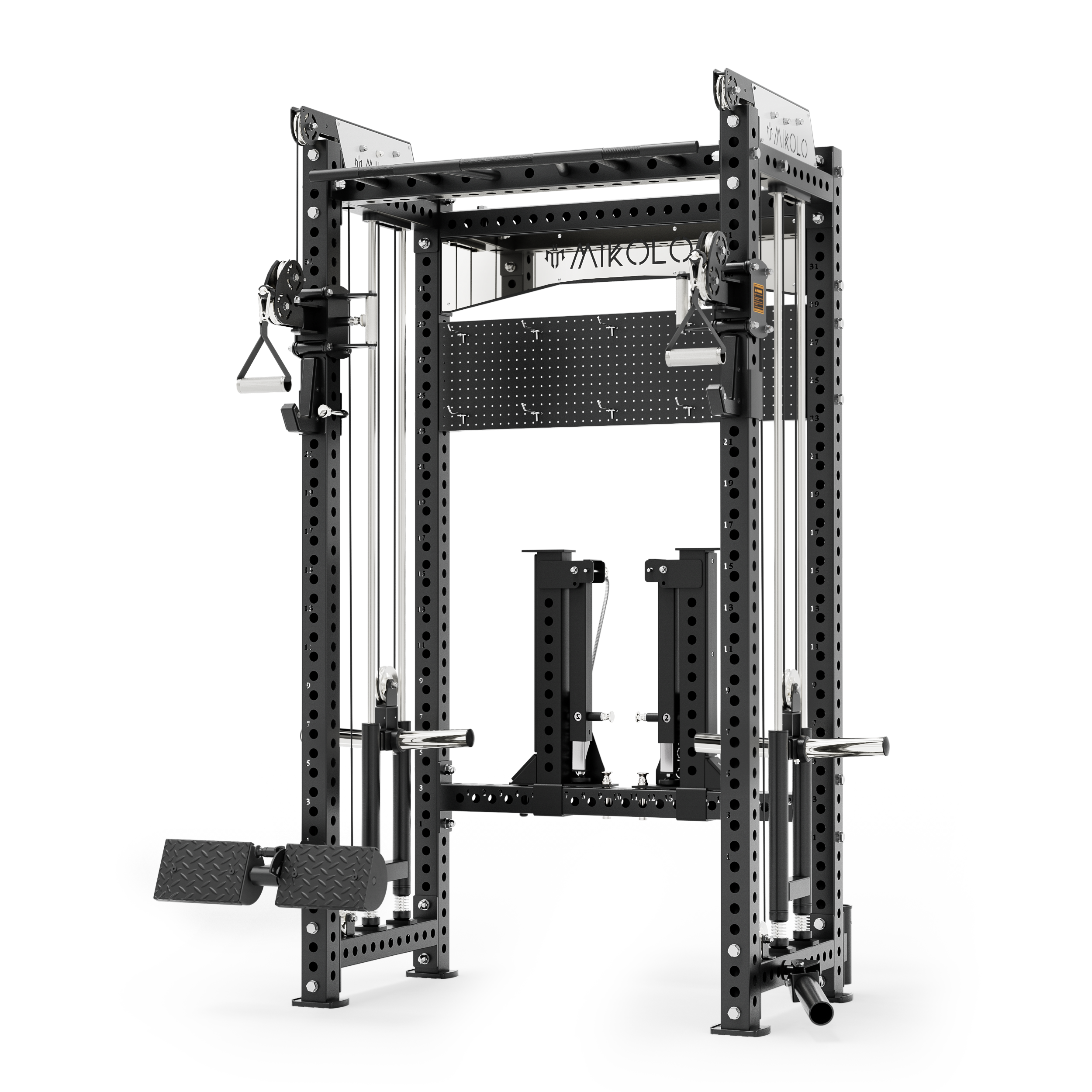


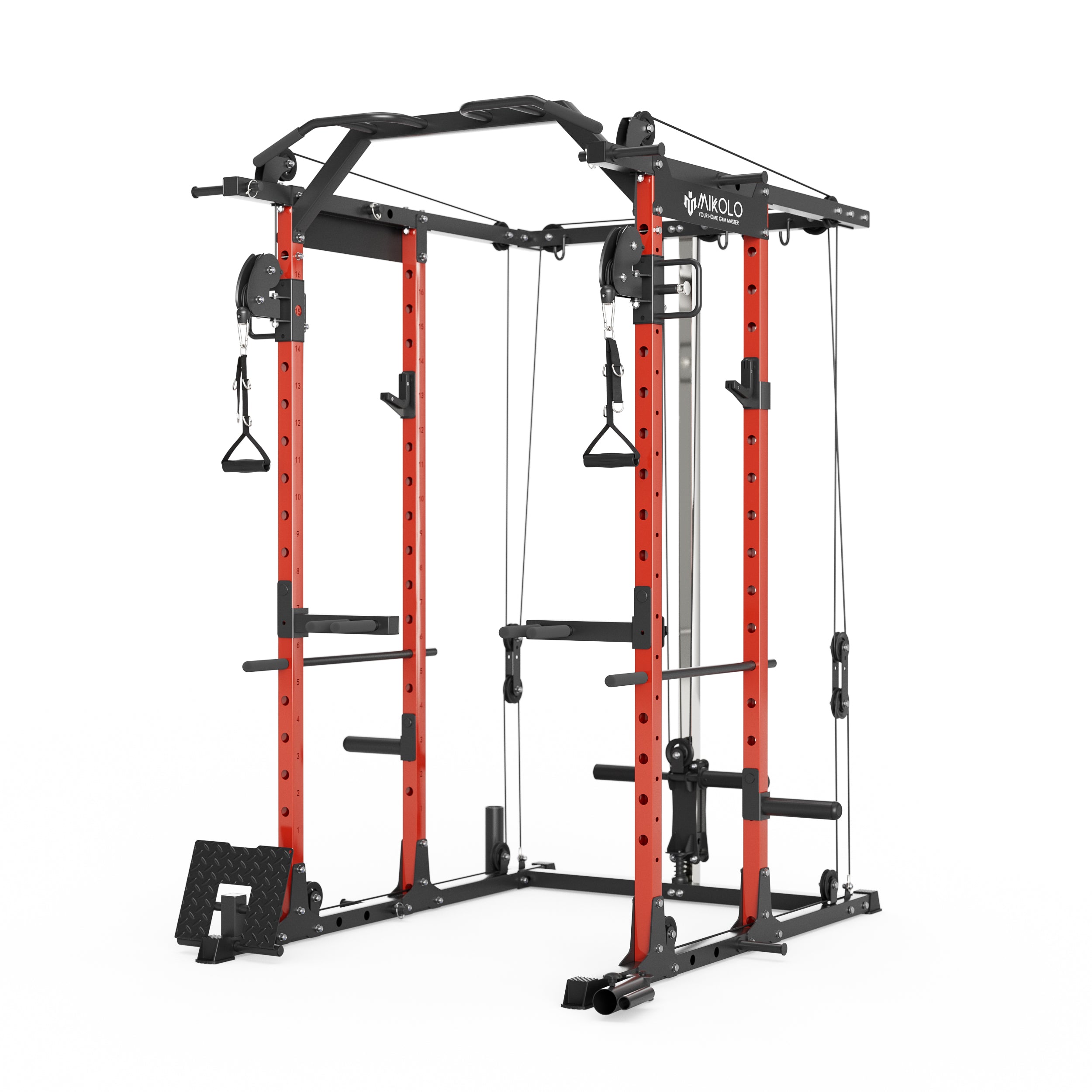
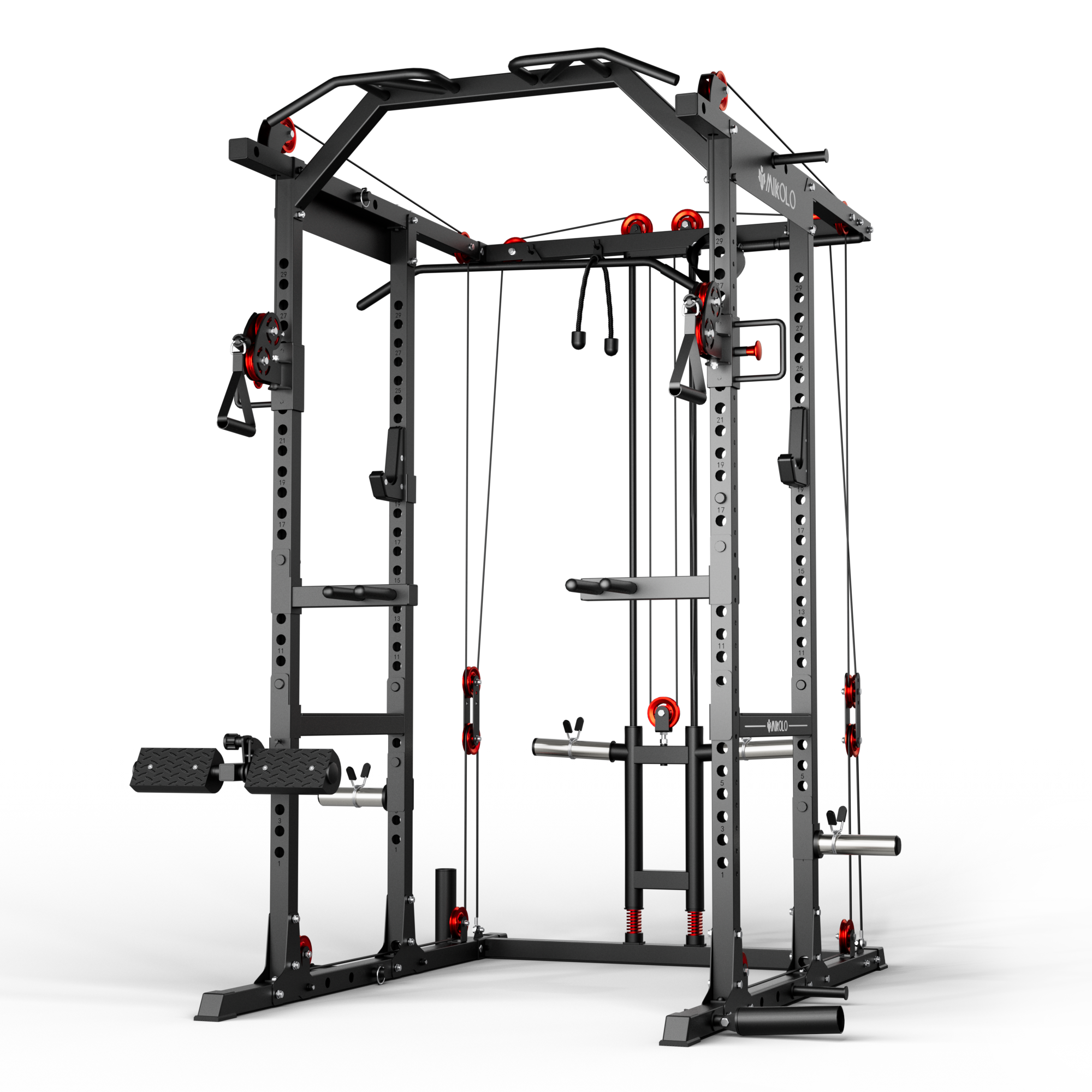


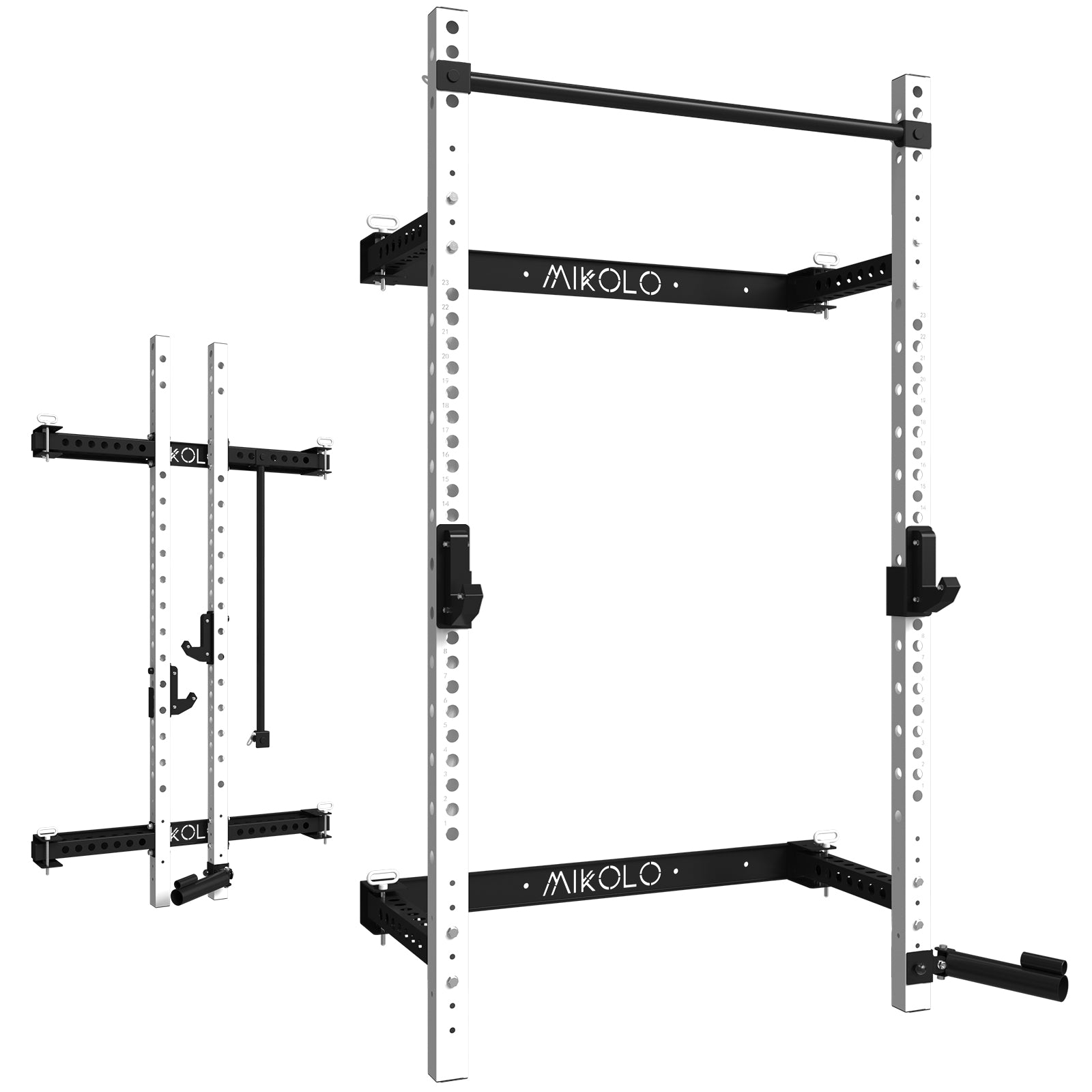


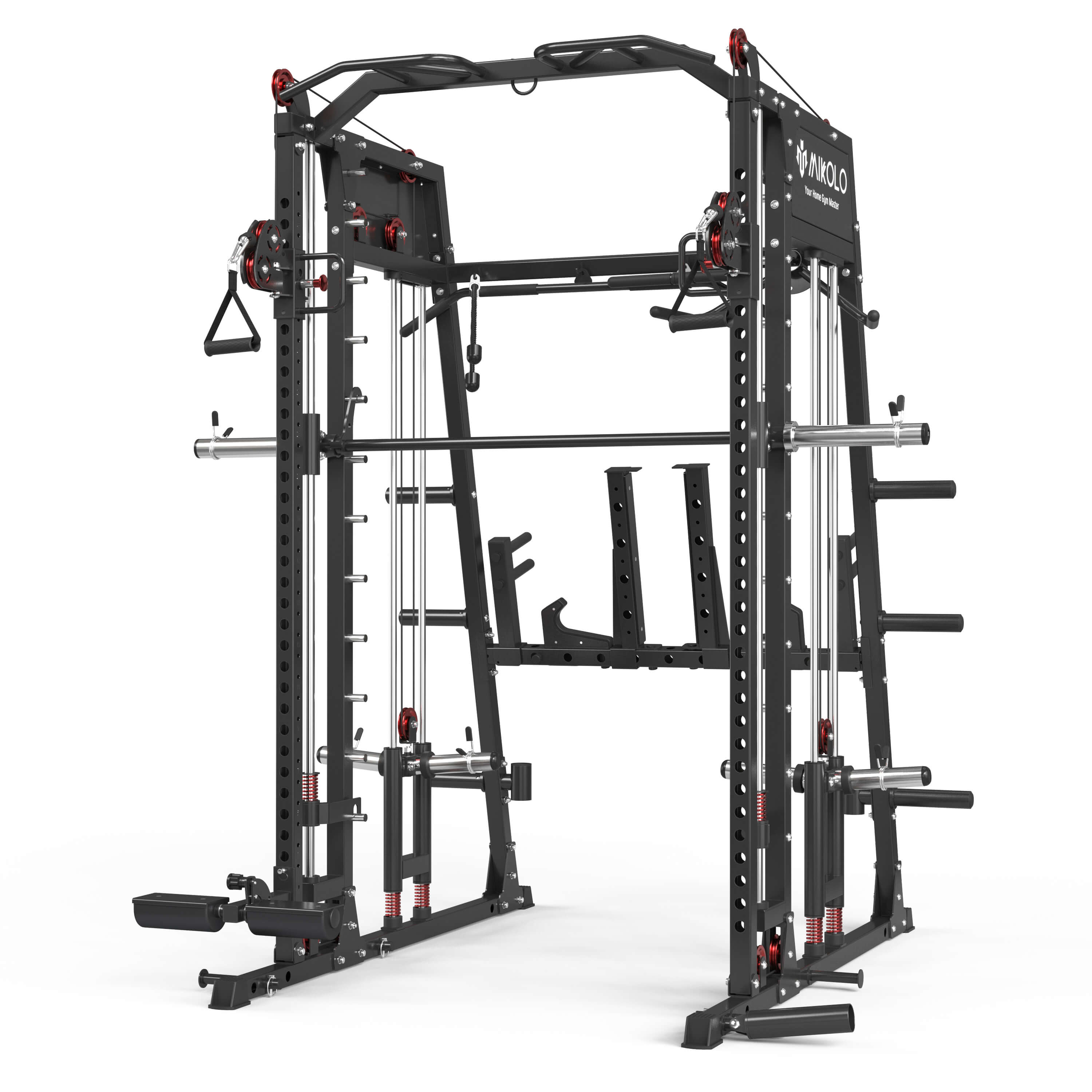
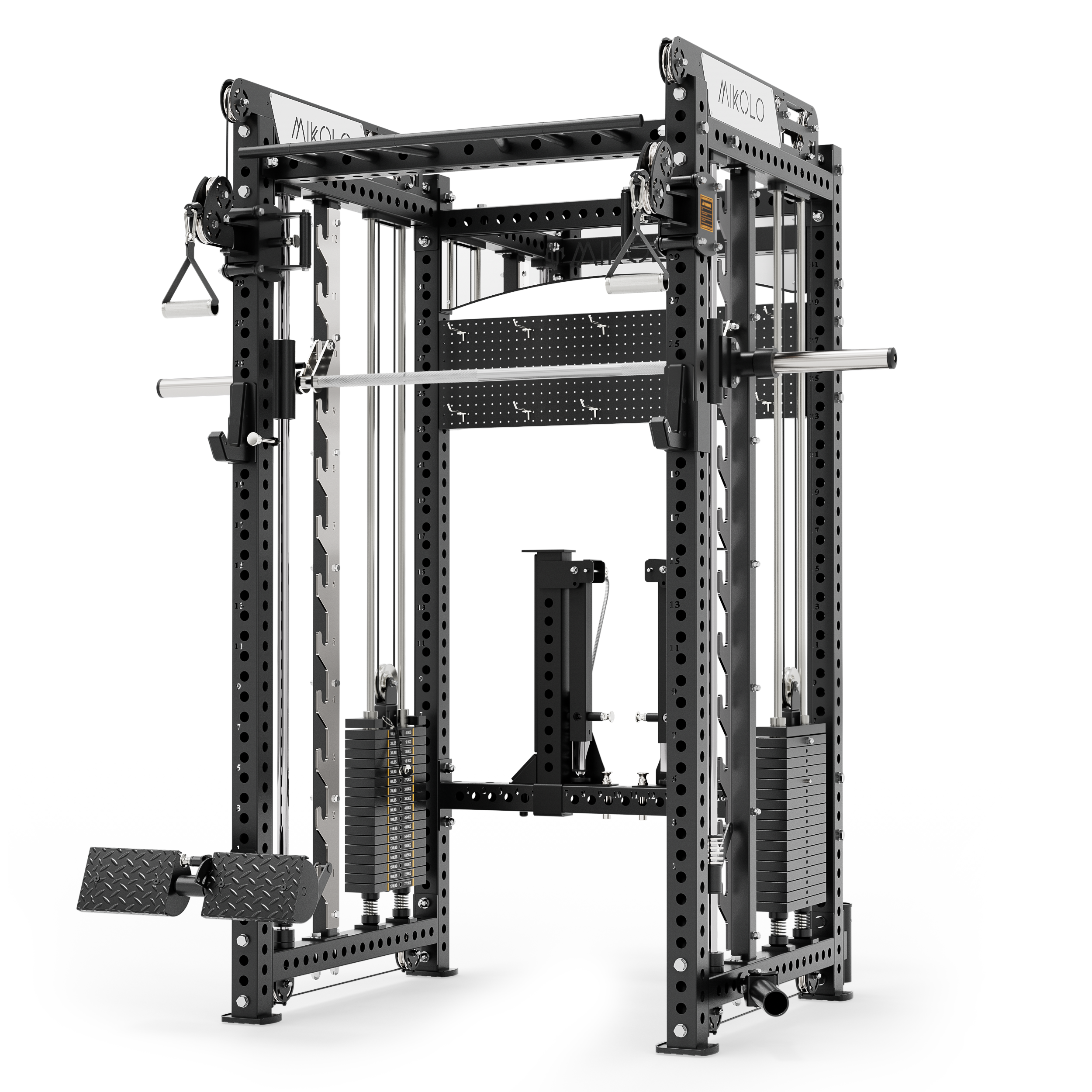
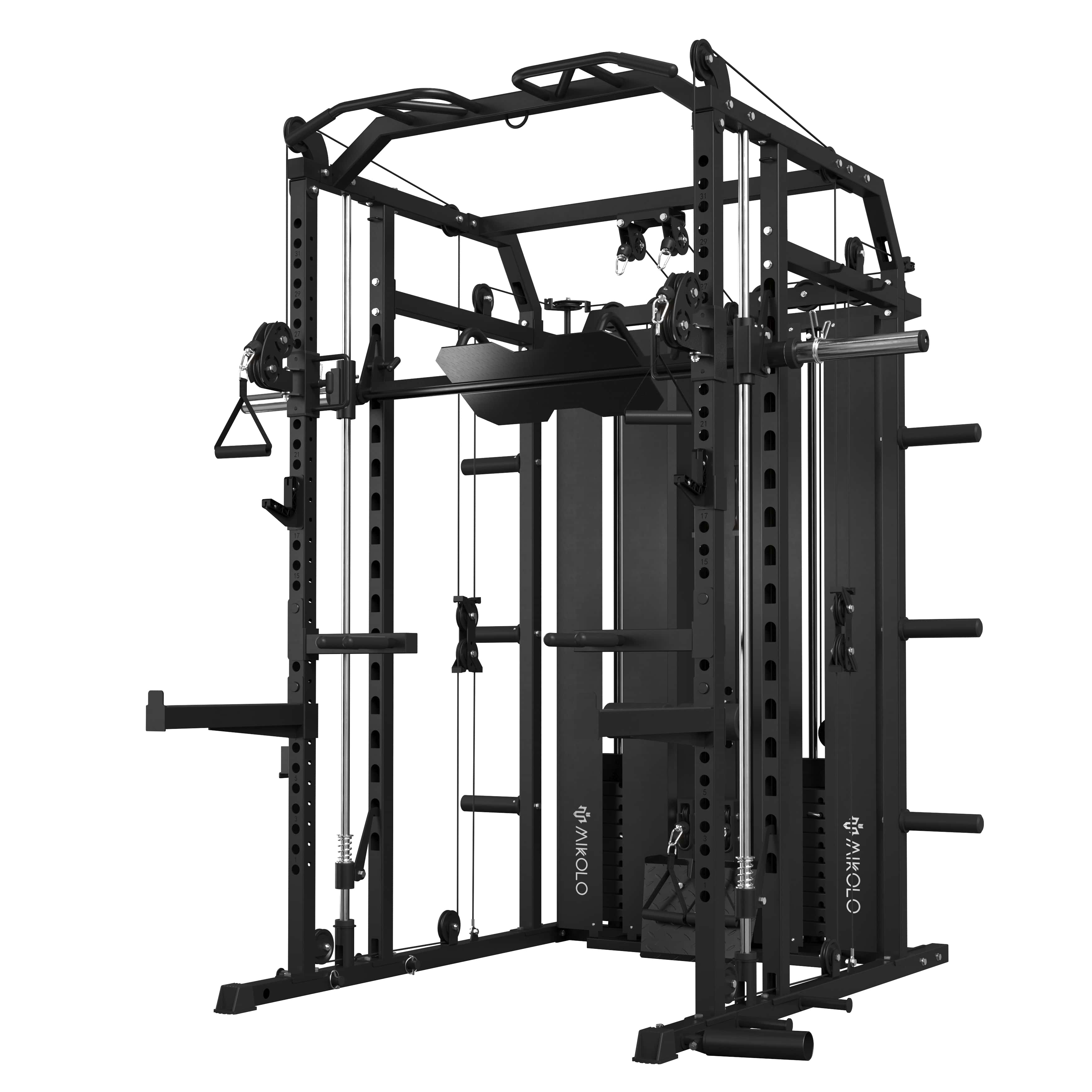




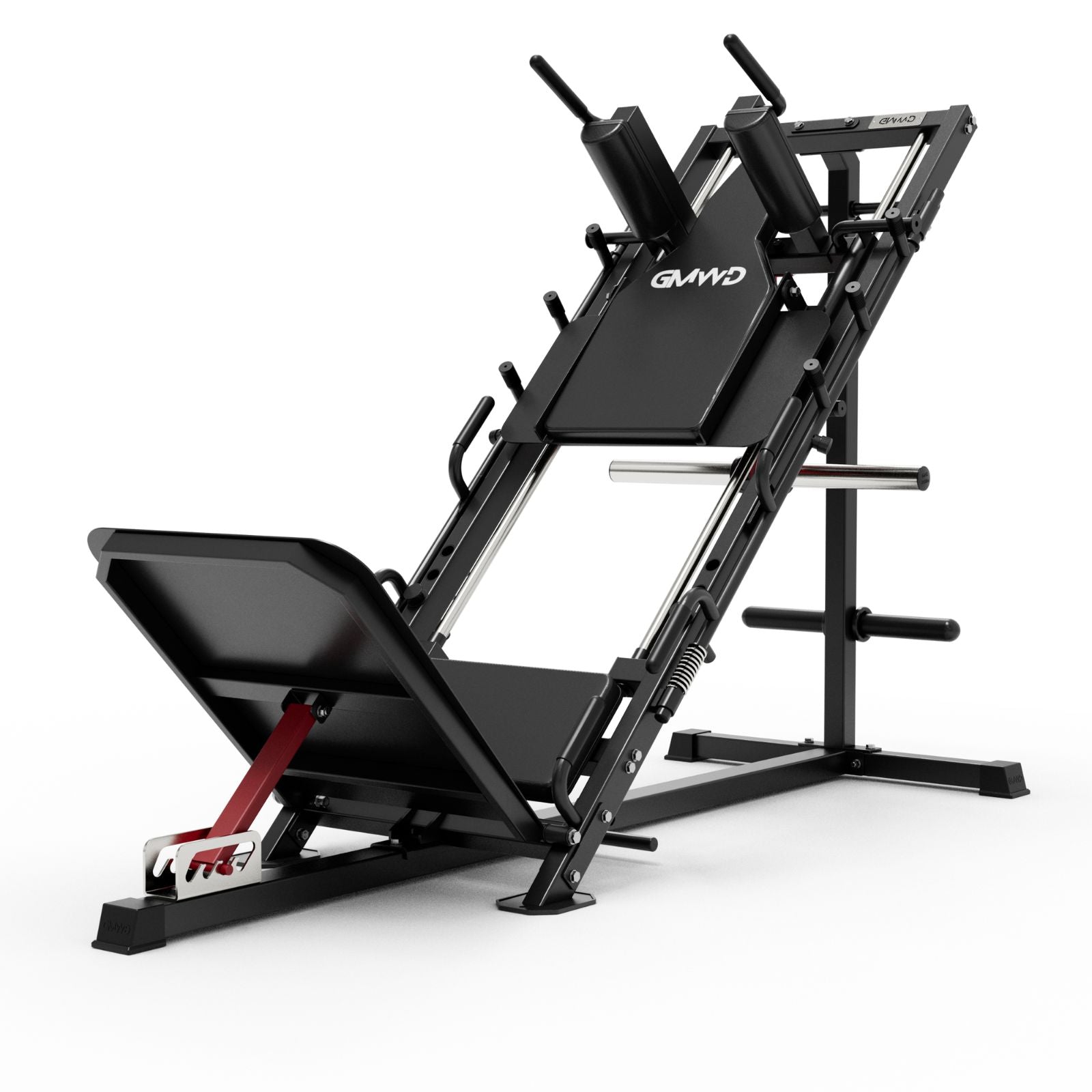


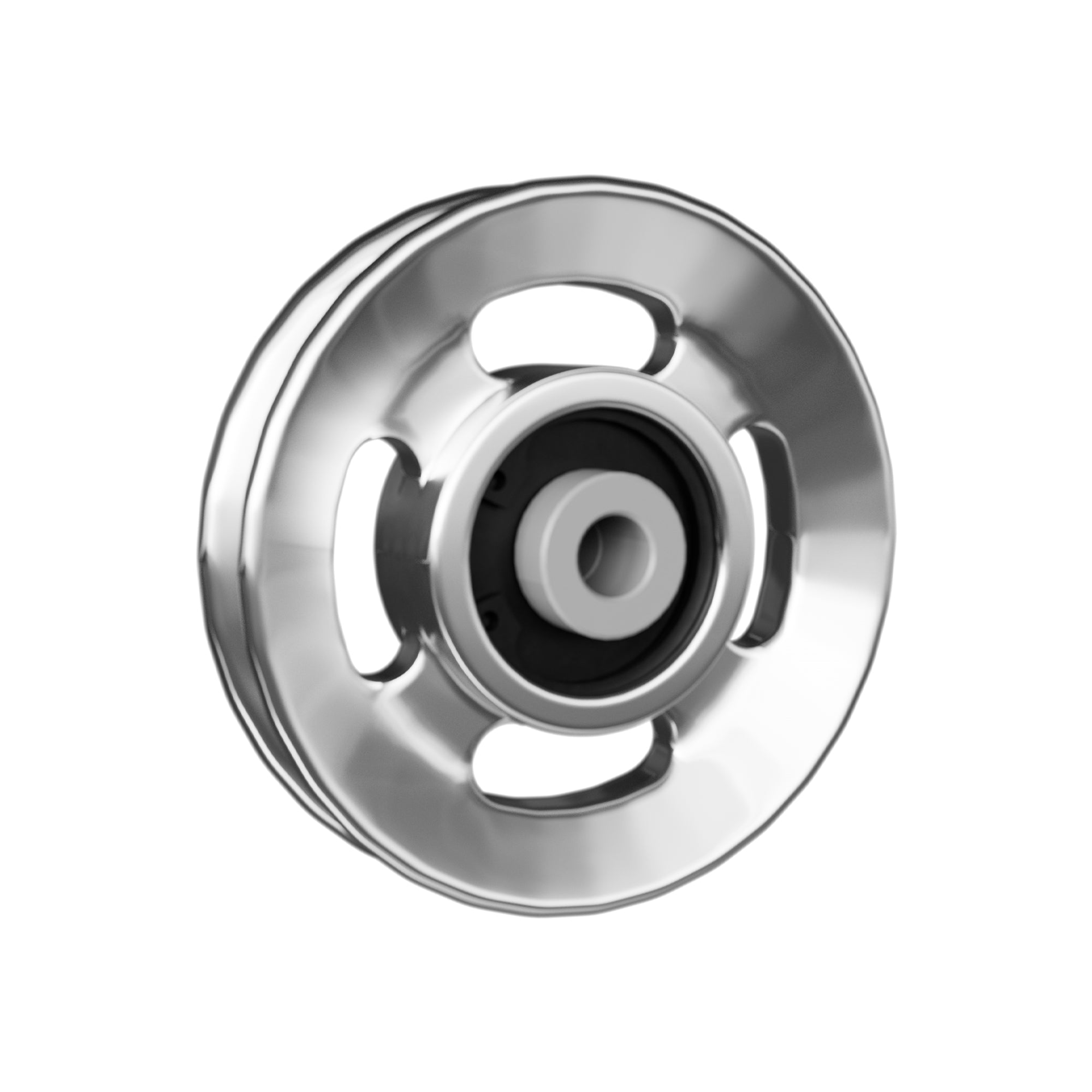


















Leave a comment
This site is protected by hCaptcha and the hCaptcha Privacy Policy and Terms of Service apply.